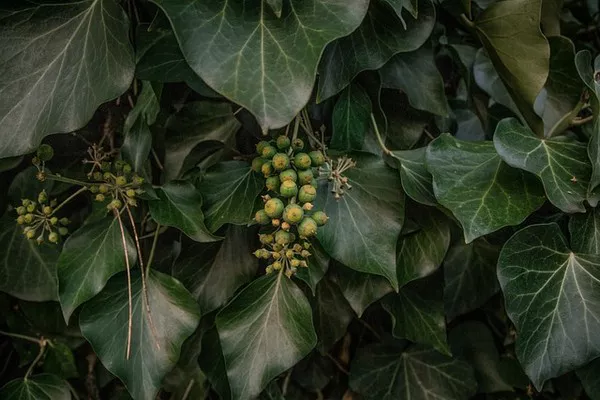Beneath the surface of the earth, an ancient and enduring alliance between plants and arbuscular mycorrhizal (AM) fungi silently persists. This biological partnership, dating back almost half a billion years, played a pivotal role in facilitating the transition of plants to land, shaping ecosystems, and influencing the evolution of plant life.
In a recent study, published in Horticulture Research, researchers delved into the intricate dynamics of this age-old collaboration, shedding light on how plants and AM fungi work together. This alliance involves the fungi growing into plant roots, where plants provide essential carbon (sugar and fat) to sustain the fungi. The fungi, in turn, extend mycelia into the soil, creating expansive networks that access nutrients beyond the reach of plant roots.
Beyond nutrient acquisition, these hidden microbes play a crucial role in enhancing plant defenses against insect pests and diseases. The study raises the intriguing possibility that plants may actively select their fungal allies based on their ability to boost defenses, a discovery with potentially profound implications for sustainable agriculture.
The benefits of AM fungi extend beyond the natural realm into environmental management. Studies have shown that these fungi support the establishment of native plant communities, making them integral to ecosystem restoration efforts. In agriculture, AM fungi have demonstrated the capacity to enhance crop growth, nutrient uptake, and yields, making them a focal point for research since the 1950s.
However, the application of AM fungi in agricultural settings faces challenges, with inconsistent results in the field due to mismatches between crop nutritional needs and fungal capabilities.
The study also explores the complex question of how plants choose their fungal partners. Within a single plant’s roots, multiple fungal species coexist, forming intricate communities with diverse capabilities. The exchange system between plants and fungi involves plants providing carbon, and fungi offering benefits, creating a dynamic relationship.
While plants play favorites with fungi that provide optimal nutrients, challenges arise in agricultural contexts where large nutrient inputs may disrupt this delicate balance. The researchers propose hypotheses to understand how plants might selectively partner with fungi to enhance defense mechanisms, a question that has long intrigued ecologists and biologists.
The implications of this research are vast, ranging from revolutionizing agriculture to aiding in ecosystem recovery. If plants can actively choose fungi to bolster defenses, it could lead to reduced reliance on synthetic pesticides, fostering more resilient crops. As we uncover the complexities of these underground interactions, we inch closer to unlocking the potential of one of the Earth’s oldest symbiotic relationships, reminding us of the intricate connections that have sustained life for millions of years.


